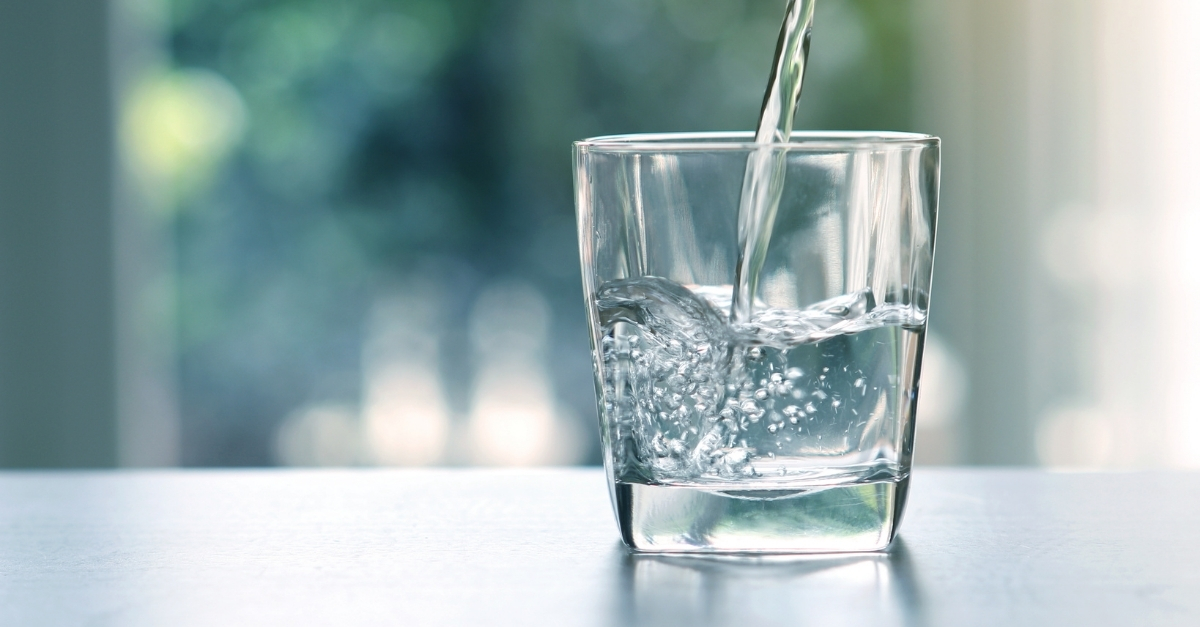
Canada contains more than half the world’s fresh water—this will sustain the country and guarantee us a supply of fresh, clean drinking water for centuries to come. But recent concerns over the potential for lead in drinking water have been raised in various municipalities throughout Canada and work must be done to ensure that all residents have access to safe, clean drinking water.
While water generally contains no lead when it leaves municipal treatment plants, the main sources of contamination are lead service lines—the pipes that connect homes and apartment buildings with eight dwellings or less to water mains—as well as plumbing fixtures that contain lead and lead solder. Many municipalities used lead service lines prior to 1975 and deterioration of these lines over time can lead to an increase in the lead concentration.
why lead in water is a problem
Lead in water can cause a variety of adverse health concerns. Specifically, children, infants and unborn children are more strongly affected by exposure to lead because their bodies absorb lead more readily than adults.
Currently, there are many municipal programs underway across Canada to replace the hundreds of thousands of old lead pipes. However, this process is expected to take many years and cost a significant amount of money.
Due to these issues, in March 2019, Health Canada set a new guideline for the maximum acceptable concentration of lead in drinking water. The new concentration was lowered to 0.005 milligrams per litre, making it more stringent than the 0.01 milligram per litre guideline set in 1992.
In water, dissolved lead has no taste, smell or colour. It can only be detected through a chemical test.
sampling protocols for lead in drinking water
Health Canada has developed sampling protocols to assess if exposure to lead from drinking water may affect human health.
The protocol used depends on the type of building tested. SRC Environmental Analytical Laboratories provides water testing services to homeowners, municipalities and companies, and can help assess what protocols may be required and provide the correct sampling bottles for testing lead in water.
If sampling from a school, multi-dwelling residence or a large building, this should be conducted by sampling at drinking water fountains or cold water taps where water is used for drinking or food preparation, without a stagnation period and without prior flushing. Two 125-mL samples should be collected at a medium to high flow rate without removing the aerator.
If sampling from residential dwellings, a 1-L sample should be collected randomly during the day from a drinking water tap in each residence. Samples should be collected without prior flushing; no stagnation period is prescribed to better reflect consumer use.
If the lead concentration is found to be over the maximum allowable concentration, a number of solutions are available depending on the source of the lead.
SRC Environmental Analytical Laboratories is ISO 17025 accredited for a number of water quality tests as indicated by our accreditation scope. If you plan to test drinking water for lead, contact SRC Environmental Analytical Laboratories to discuss your needs. We can help assess if you need to use one of the above protocols and provide you with the correct sampling bottles.
